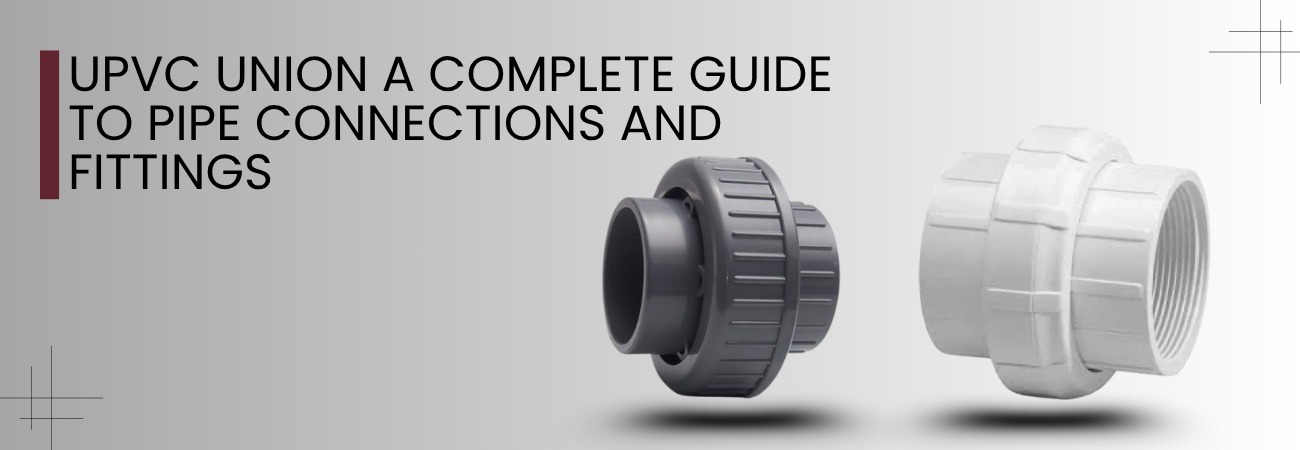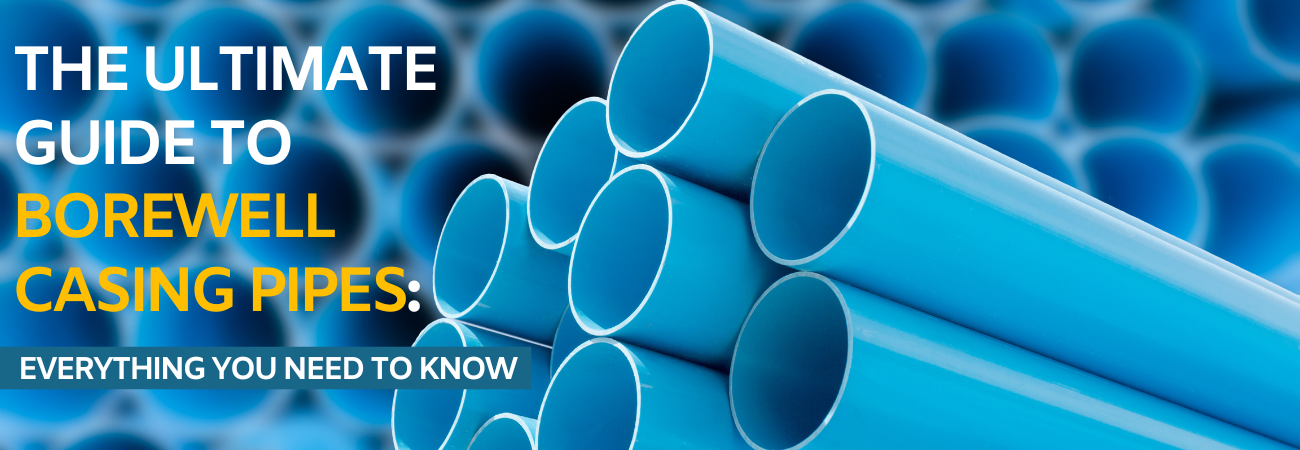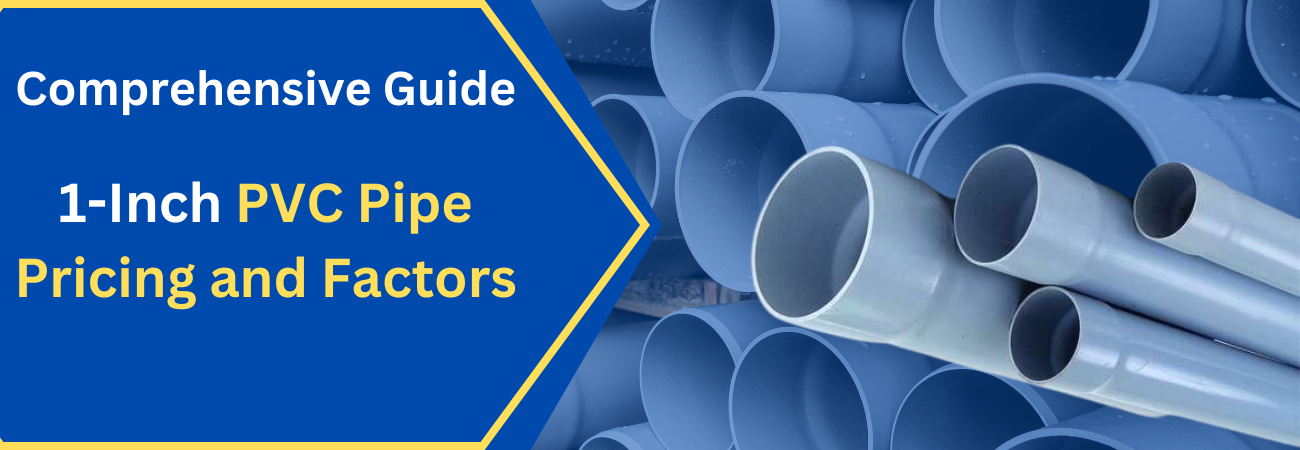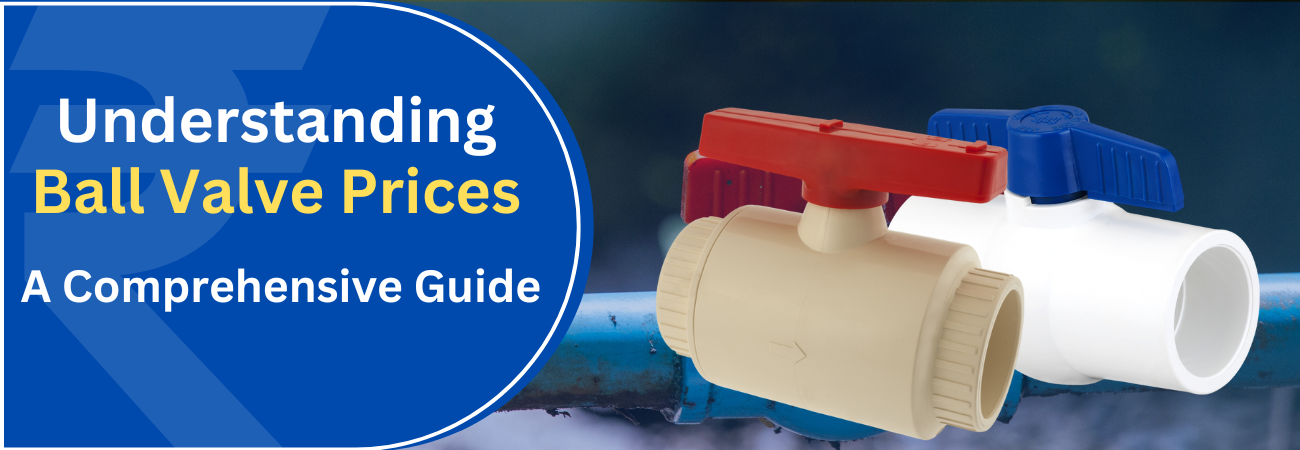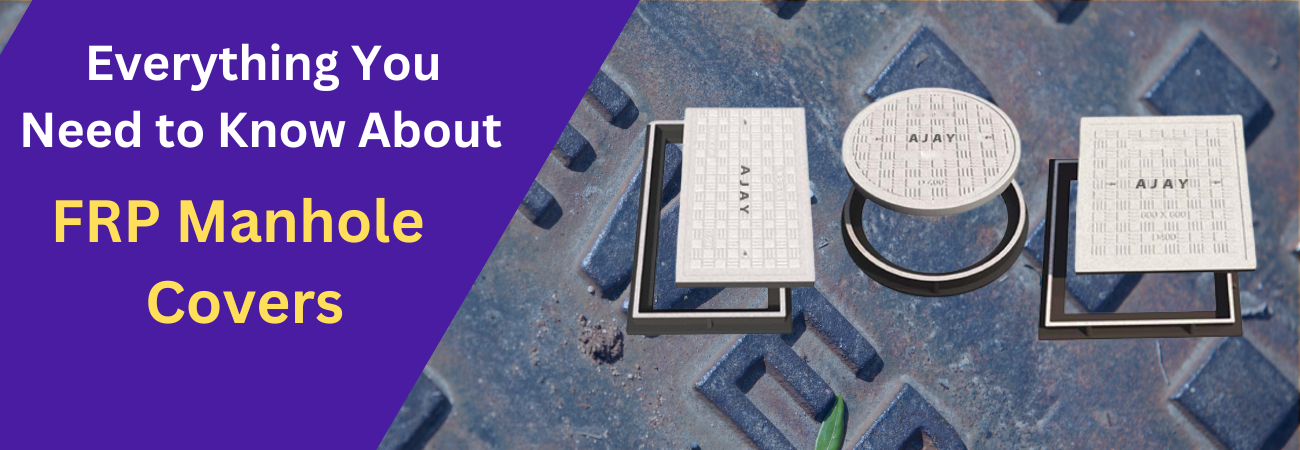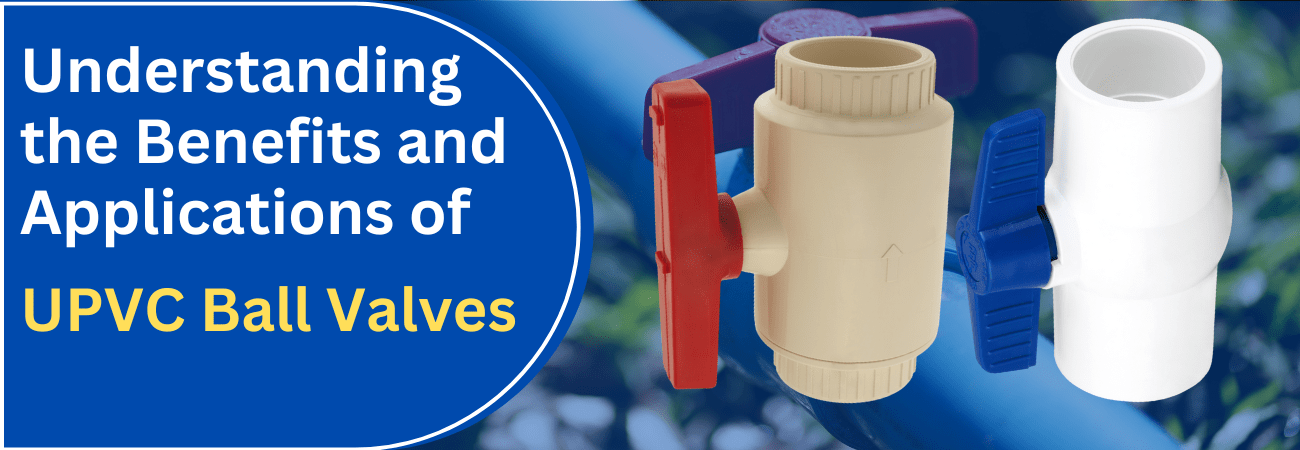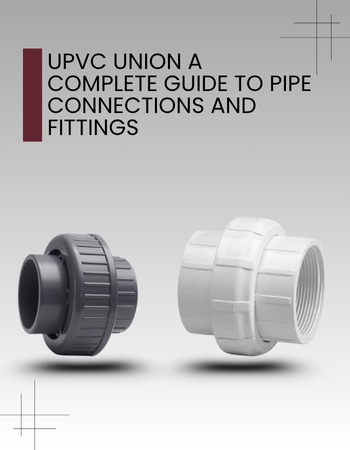
CPVC Socket: A Reliable and Durable Plumbing Solution
Introduction
In modern plumbing, UPVC union fittings play a vital role in creating strong, leak-proof connections. Whether you’re setting up a residential plumbing system or working on an industrial water supply line, Ajay Pipes’ UPVC unions are a preferred choice for both professionals and DIY enthusiasts.
In this comprehensive guide, we’ll cover everything you need to know about UPVC unions—from their functionality and benefits to installation tips, types, and comparisons with other fittings.
What Is a UPVC Union?
A UPVC union is a type of pipe fitting designed to join two pieces of UPVC (Unplasticized Polyvinyl Chloride) pipe while allowing them to be easily disconnected without cutting the pipe.
In simple terms, A UPVC union acts like a removable joint that lets you connect or disconnect pipes with ease, ideal for maintenance or repairs.
Key Features of UPVC Unions
- Threaded assembly: Most unions use threaded ends for easy hand-tightening or loosening.
- Chemical resistance: Suitable for use with drinking water and chemical pipelines.
- Reusable: Unlike glued fittings, unions can be reused multiple times.
- Leak-proof seal: Built-in O-ring or rubber gasket ensures tight, secure connections.
When Should You Use a UPVC Union?
UPVC unions are ideal in plumbing setups where future disconnection is anticipated. Use them in:
- Water filtration systems
- Irrigation lines
- Industrial piping requires periodic maintenance
- Residential plumbing near water heaters or tanks
Types of Union Pipe Fittings
Union pipe fittings come in various types, each tailored to suit different pipe configurations and connection needs.
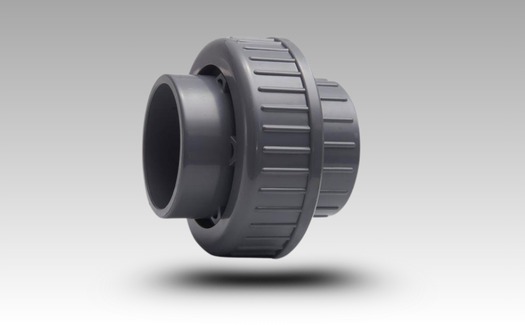
Socket Union
Joins two plain-ended pipes using solvent cement.Offers a permanent but serviceable connection.
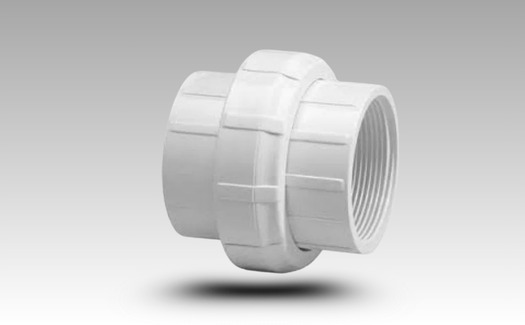
Threaded Union
Ends are threaded for easy installation/removal. Best for projects where dismantling is frequent.
How to Install a UPVC Union (Step-by-Step)
Installing a UPVC union is straightforward. Here’s how:
CPVC Socket vs. PVC Socket: Key Differences
Tools & Materials Needed:
- UPVC pipes
- UPVC union
- UPVC solvent
- Pipe cutter
- Marker
- Clean cloth
Steps:
- Use a pipe cutter to cut the pipe to the required length, ensuring a neat and accurate finish.
- Wipe and prepare the pipe ends and the inner surfaces of the union sockets to ensure they’re clean.
- Apply UPVC solvent adhesive to the exterior surface of the pipe and the interior of the union socket to create a strong, secure bond.
- Push and twist the pipe into the union for an even spread.
- Hold for 30 seconds to set.
- Allow curing time (at least 15–30 minutes before pressure testing).
UPVC Union vs Union CPVC: What’s the Difference?
While both are types of union pipe fittings, the material makes a significant difference:
Feature | UPVC Union | Union CPVC |
|---|---|---|
Temperature Limit | Up to 60°C | Up to 93°C |
Material | Rigid UPVC | Chlorinated Polyvinyl Chloride |
Ideal Use | Cold water systems | Hot & cold water systems |
Cost | More economical | Slightly more expensive |
For hot water applications, go with Ajay CPVC unions. For cold water or chemical pipelines, Ajay UPVC unions offer the best combination of reliability and affordability.
Why Choose Ajay Pipes UPVC Unions?
- Long-lasting performance
- Hassle-free maintenance
- Leak-proof construction
- Affordable alternative to metal fittings
- Corrosion and chemical resistance
- Easy to install without special tools
Common Applications of UPVC Unions
UPVC unions are versatile and used in various residential and industrial systems:
- Water treatment plants
- Swimming pool pipelines
- Agricultural irrigation systems
- Plumbing near pumps and filtration units
- Water tank connections
Internal Linking Suggestions
To help users explore more, you can internally link to:
- CPVC vs UPVC: What’s the Difference?
- How to Use UPVC Solvent Cement
- Top 10 Plumbing Fittings for Homeowners
- How to Fix Common UPVC Pipe Leaks
Why Choose Ajay Pipes UPVC Unions?
- Long-lasting performance
- Hassle-free maintenance
- Leak-proof construction
- Affordable alternative to metal fittings
- Corrosion and chemical resistance
- Easy to install without special tools
FAQ:-
A UPVC union is used to join two sections of pipe, offering a convenient way to disconnect them for maintenance or repair without cutting or damaging the pipe.
No, UPVC unions are best for cold water systems. For hot water, consider union CPVC fittings, which can withstand higher temperatures.
Yes, it’s recommended for socket-type unions. A reliable UPVC solvent helps create a secure and leak-resistant connection.
Go for a union when you want the option to easily separate the pipes later. Use a coupling for a permanent bond created with solvent cement.
Final Thoughts
Ajay Pipes has been a leading name in India’s plumbing industry, offering certified, durable, and reliable UPVC solutions for all kinds of water systems.
Whether you’re a homeowner or a contractor, investing in Ajay Pipes’ UPVC unions ensures performance, longevity, and peace of mind.
For any queries, contact the plumbing experts at Ajay pipes on the Toll Free No. : 1800-11-4050 or via email at our email address info@ajaypipes.com

